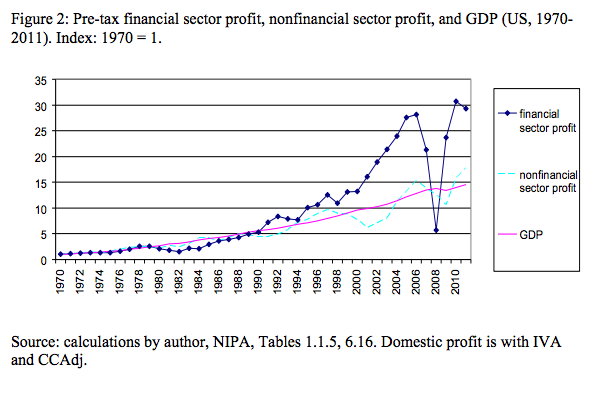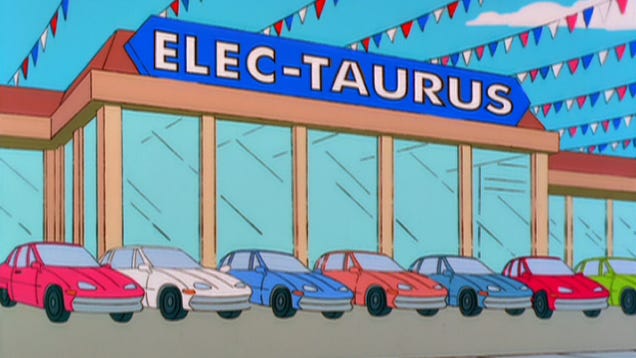Lileks on Moneyand I end up using pedestrian words such as amazing and incomparable to describe his output.
The Bureau of Corporate Allegory
Scripophily Recapitulates Philately IV
Today I discover he has a day job (blogging) at the Minneapolis (Minnesota) StarTribune where his Lileks@Lunch for Thursday directs us to:
...TRAVEL TIPS From Michael Totten, freelance globe-trotter:Here is a taste of his Lileks@Lunch:
I was advised to check out Le Mat on the outskirts of the city. There you will find the Snake Village where you can pull up a bar stool and order some snake wine. The bartender will kill a cobra, pour its blood into rice wine, and drop the snake’s still-beating heart into the shot glass.Where he went, and what he saw, make for a fascinating read. Here you go.
If you don’t want to drink blood, you can have it with bile instead.
I refused. Why make my stomach churn and possibly heave just so I can write about it? The description of the drink itself is enough. I went to Iraq seven times during the war, but drinking snake wine is over the line. I don’t care whether or not that makes sense.
How to lose 8000 photos
The cloud is not your friend. Do not depend on the cloud. Once upon a time this would’ve sounded like something you would say to friend who has developed a delusional attachment with things in the sky, but now you know what it means. Here’s a piece about how “a bug in Dropbox” accidentally deleted 8000 photos. Well, that would be bad, but those were backed up, right? No? NO? The author wrote to Dropbox: “This is an absolute disaster, I don’t have any other backup of these files, Dropbox was supposed to be the backup.”
If it’s your only copy, it’s not a backup.
YOU THERE The modern style of headline writing isn’t intended to catch your eye but punch you in the nose, because you totally deserve it. The author is better than you because the author is writing for Gawker, and you’re just reading. Basic format: Bald assertion, and preemptive accusation to deflect your objection. Today’s example:
Idiocracy Is a Cruel Movie And You Should Be Ashamed For Liking It
No, and I’m not, and good luck in your future endeavors. As one comment says:
Anyway, the movie has almost nothing to do with genetics and everything to do with culture. It's not about being born with high or low intelligence as much as it is being born into a culture that does not prioritize academics and intellect. This is what Novak gets wrong - in his haste to drum up some social-justice outrage for clicks he totally missed the point of the movie - the point being that intellectual laziness and pandering to base desires and non-contributing hedonism is harmful to society. Maybe he missed the point because he's part of the problem, on that front.On the last point, no. He’s one of the smarter writers on the site, and constantly produces intelligent, engaging work grounded in a comprehensive grasp of 20th century technological history. Which is why it was dismaying to see his work get Gawkerized thus.
Related, from the Daily Dot: “You're tricking yourself into believing your iPhone is slow.” Didn’t know that about yourself, did you?
SCIENCE !Things like this are always exciting. Then disappointing. NPR:
Astronomers have a mystery on their hands. Two large radio telescopes, on opposite sides of the planet, have detected very brief, very powerful bursts of radio waves.That’s such an NPR way of putting it. Why not just say “ALIENS”? That’s what we’re all thinking.
Right now, astronomers have no idea what's causing these bursts or where they're coming from. And nothing has been ruled out at the moment — not even the kind of outrageous claims you'd expect to see in tabloid headlines.
BREAKING NEWS Reet-deet-deetle-deetle reet-deet deet-deet:
A clown suffered minor injuries Monday after her clown car crashed into a utility pole in Westwood, New Jersey.What you want to read next is “the other 25 clowns were unharmed."
The victim, according to The Record, was a 68-year-old female clown whose name was not released. Another clown, who goes by the moniker ‘Poppi T Clown’ told the paper that the accident victim was reaching for her GPS unit when she ran off the road and into the pole. In other words, she may have been juggling one too many things.Is there a word for a quantity of clowns? A Pennywhistle, perhaps?
The female clown was said to have been driving home from a show at an elementary school. Several of her fellow clowns (“about 10,” the Record said) arrived on the scene quickly to assist her.
Votd Finally, the great lost cartoon show of the 80s has been found and restored! MIKE TYSON MYSTERIES!...MUCH MORE, all in blogger-'95-reverse-chron-order
















